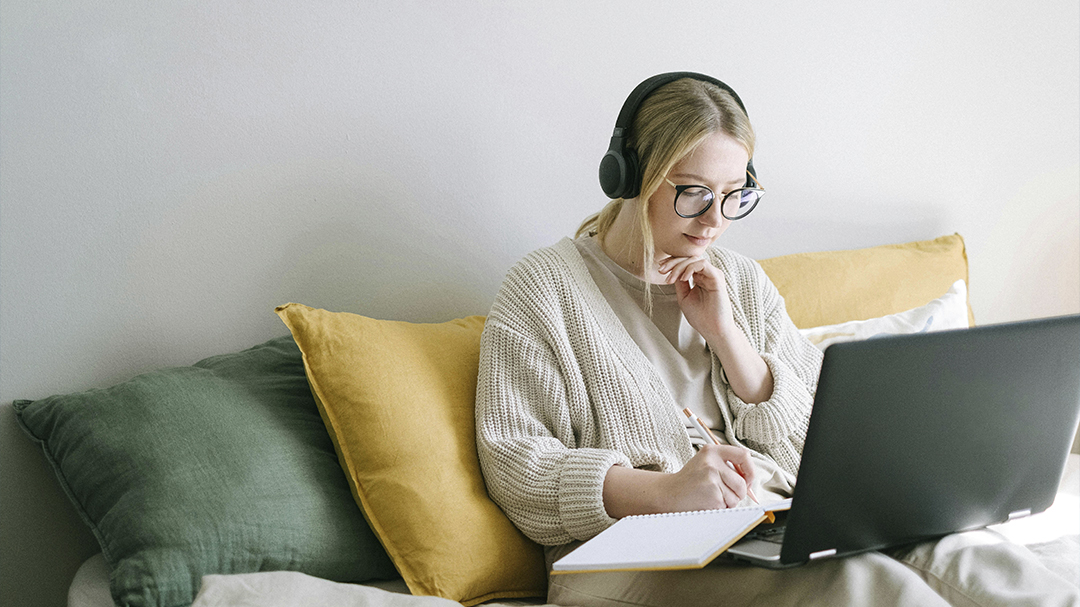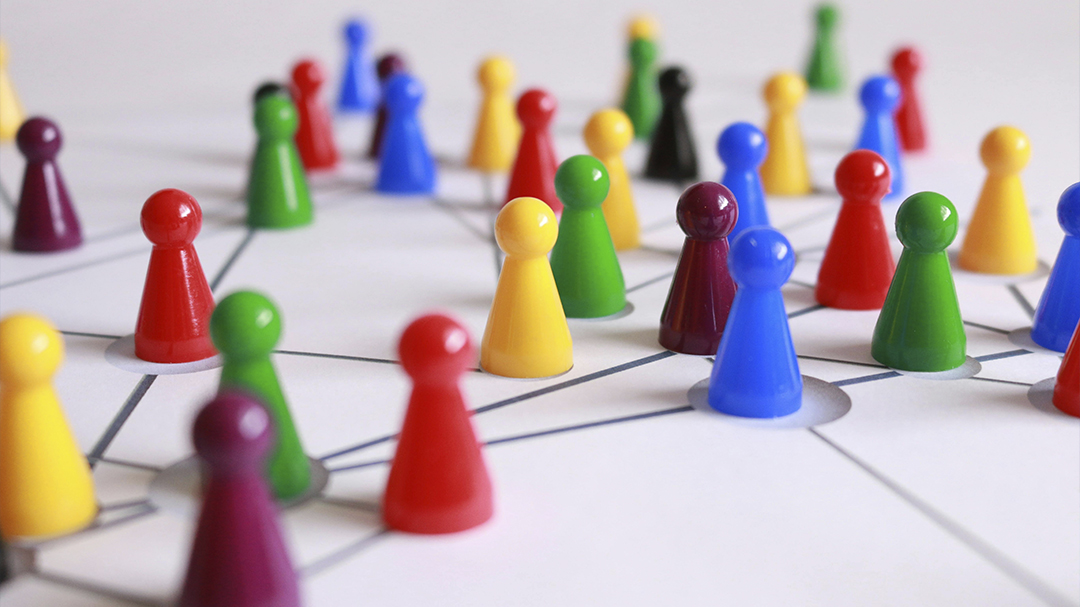
In the world of design, achieving the perfect balance between aesthetics and functionality is akin to mastering a delicate dance. Whether it’s crafting a website, designing a product, or creating a brand identity, designers must navigate the intricate interplay between visual appeal and practical usability. In this comprehensive guide, we’ll explore the principles, strategies, and tools that can help designers strike the elusive balance between form and function, elevating their work to new heights of creativity and effectiveness.
Understanding the Dichotomy
At its core, the challenge of balancing aesthetics and functionality lies in reconciling the desire for beauty and visual harmony with the need for practicality and usability. While aesthetics draw users in and evoke emotions, functionality ensures that designs are intuitive, accessible, and user-friendly. Successful designers recognize the importance of both elements and strive to harmonize them seamlessly in their work.
Embracing User-Centered Design
User-centered design (UCD) is the cornerstone of balancing aesthetics and functionality. By understanding the needs, preferences, and behaviors of end-users, designers can create designs that not only look visually appealing but also meet users’ needs and enhance their experience. Techniques such as user research, persona development, and usability testing are essential for ensuring that designs are both beautiful and usable.
Simplicity is Key
In the pursuit of balancing aesthetics and functionality, simplicity often reigns supreme. Simple designs are not only visually pleasing but also easier to navigate and understand. Designers should strive to eliminate unnecessary elements, declutter interfaces, and focus on what truly matters to users. The mantra of “less is more” holds true in achieving both aesthetic elegance and functional efficiency.
Typography and Visual Hierarchy
Typography plays a pivotal role in design, serving as a powerful tool for both aesthetics and functionality. By choosing the right fonts, sizes, and styles, designers can convey tone, hierarchy, and emphasis, enhancing readability and guiding users through content. Tools like Google Fonts, Adobe Fonts, and Typekit offer a vast selection of fonts to suit different design needs and preferences.
Color Psychology and Accessibility
Color is another fundamental aspect of design that influences both aesthetics and functionality. Designers must consider not only the visual impact of colors but also their psychological effects and accessibility implications. Tools like Adobe Color, Coolors, and Color Hunt help designers explore color palettes, create harmonious combinations, and ensure contrast for improved readability and accessibility.
Grid Systems and Layouts
Grid systems provide a framework for organizing content, establishing visual hierarchy, and creating balanced layouts. By adhering to grid principles, designers can achieve both aesthetic harmony and functional clarity in their designs. Tools like Adobe XD, Sketch, and Figma offer built-in grid features and layout guides to help designers maintain consistency and alignment across their designs.
Responsive Design and Adaptability
In today’s multi-device world, responsive design is essential for ensuring that designs adapt seamlessly to different screen sizes and devices. By prioritizing flexibility, scalability, and adaptability, designers can create designs that not only look beautiful but also function effectively across various platforms and devices. Tools like Bootstrap, Foundation, and Materialize provide frameworks and components for building responsive designs efficiently.
Feedback Loops and Iterative Design
Design is a iterative process, and feedback loops are crucial for refining designs and achieving the optimal balance between aesthetics and functionality. Designers should actively seek feedback from users, stakeholders, and peers throughout the design process, incorporating insights and suggestions to improve usability, clarity, and visual appeal. Prototyping tools like InVision, Marvel, and Figma facilitate collaboration and iteration, allowing designers to quickly iterate on designs based on feedback.
Continuous Learning and Experimentation
Finally, achieving the balance between aesthetics and functionality requires a commitment to continuous learning and experimentation. Design trends evolve, technology advances, and user preferences change, necessitating designers to stay curious, adaptable, and open to new ideas. Websites like Dribbble, Behance, and Awwwards showcase the latest design trends and inspire designers to push the boundaries of creativity while maintaining a focus on usability and functionality.
Balancing aesthetics and functionality is both an art and a science. By embracing user-centered design principles, simplicity, typography, color psychology, grid systems, responsive design, feedback loops, and continuous learning, designers can create designs that are not only visually stunning but also highly functional and user-friendly. With the right mindset, strategies, and tools, designers can master the art of design and create impactful experiences that delight users and achieve business objectives.


